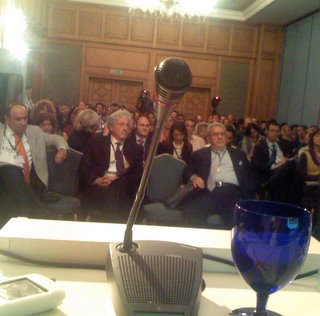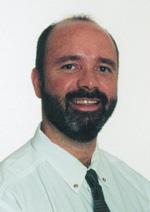
“Creating Innovative Environment” Workshop “Clustering 07”
Moderator:
Violeta Bulc, Vibacom, M.Sc.
Guests:
Jan Sandred, M.Sc., VINNOVA
David Nordfors, Ph.D., Stanford University
Nana Adeishvili, Ph.D., Anteja ECG
Innovation Journalism was presented for the first time in Turkey a few days ago, on Oct 25 in Istanbul at the Clustering 2007 conference.
The presentation was in the "Creating Innovative Environment" session, organized by Violeta Bulc, the Ljubljanian entrepreneur who is spearheading the Injo initiative in Slovenia. Read Violeta's summary of the entire session here.
The interest in the session was very high, there were a large amount of people listening.

Clustering and Competitiveness are well established concepts and there are a lot of initiatives around the world. Innovation Journalism fits very well into this framework. If a society is developing an innovative business cluster, independent journalism is the key for integrating it into society, and connecting the development of the cluster to societal awareness and opinions. (More about this in "The Role of Journalism in Innovation Systems")
















